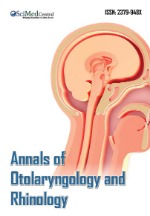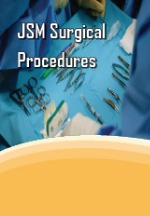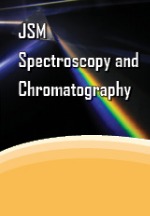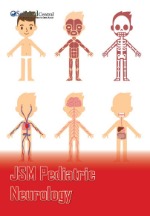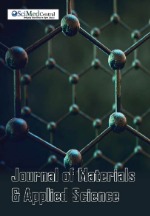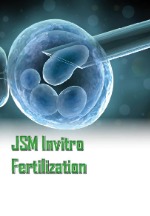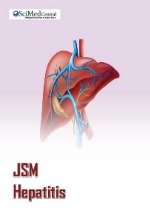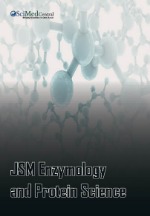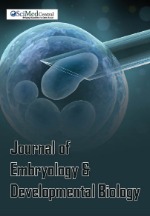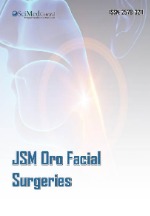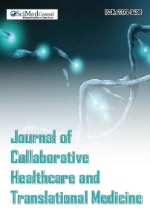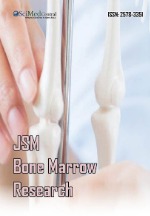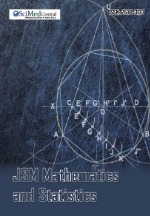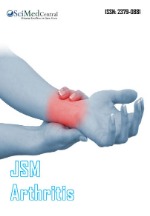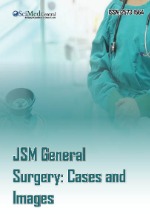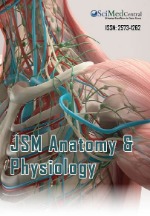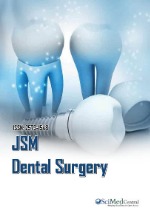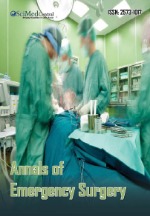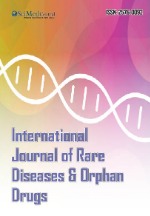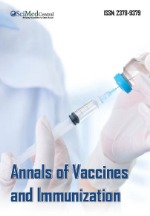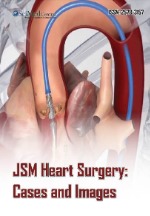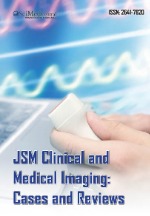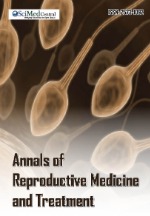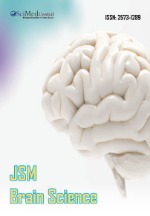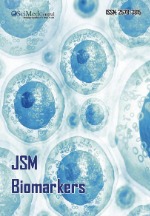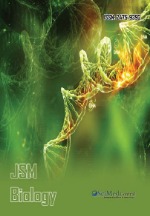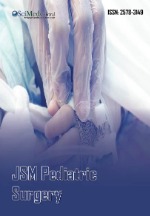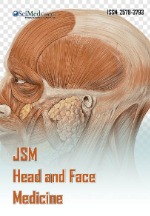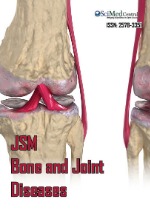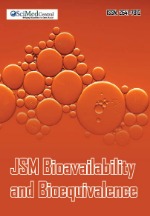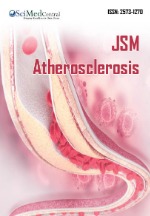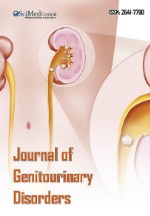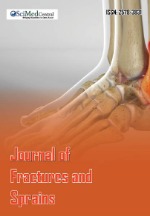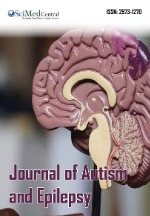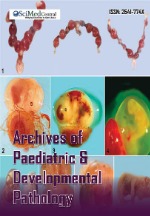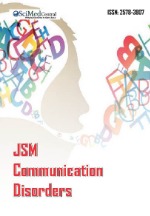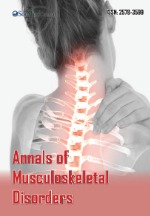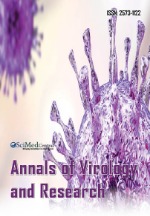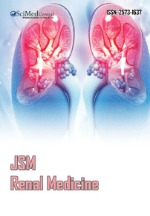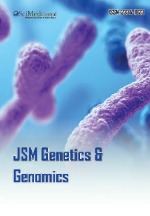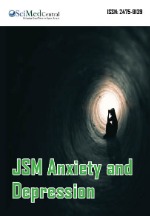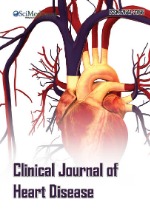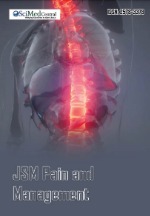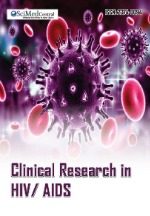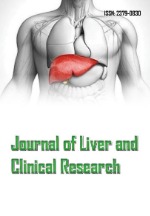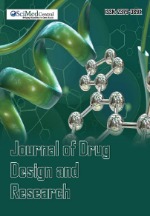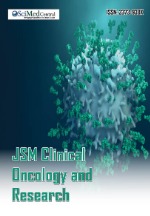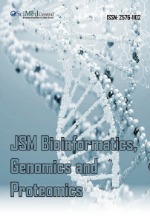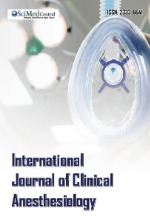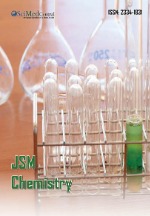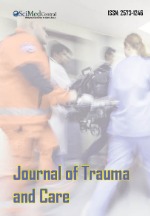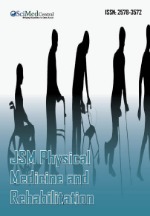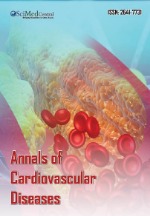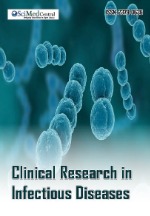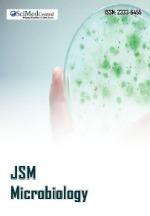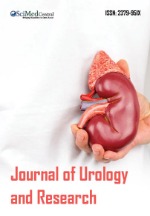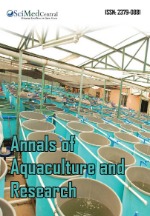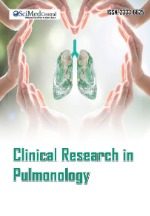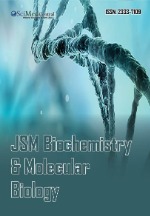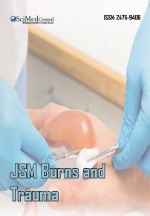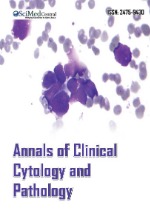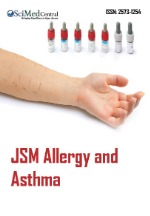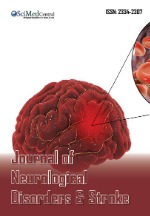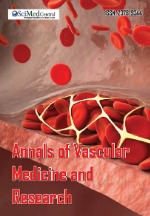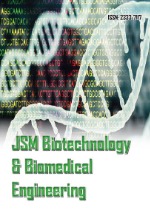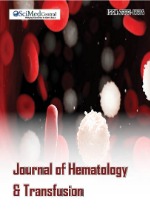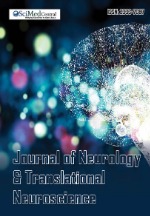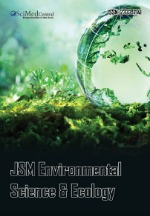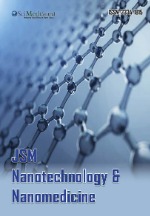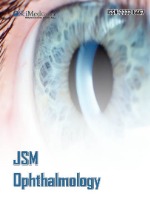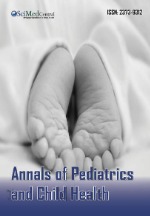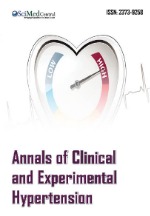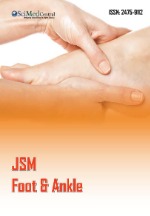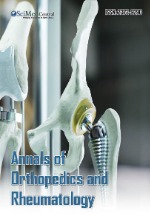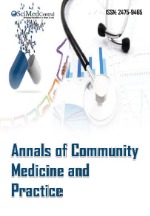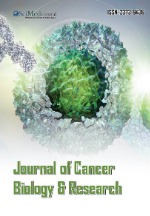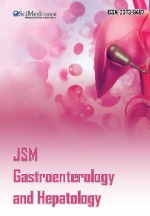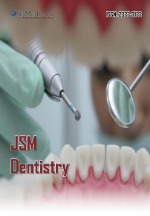The Therapeutic Challenge of Keloids: Management with Methotrexate Combined with Triamcinolone after Surgical Excision
- 1. Dermatology Resident, IESS Quito South Hospital, Quito, Ecuador
- 2. Dermatologist, IESS Quito South Hospital, Quito, Ecuador
Abstract
Keloid scars are defined as a scarring abnormality resulting from excessive proliferation of myofibroblasts and increased collagen deposition within the scar. The treatment of keloids is highly sought after in dermatological consultations, and the therapeutic strategies described are not effective in all patients; it is noteworthy that the auricular pavilion is one of the most common sites for keloid recurrence. Keloid scars originate from a disordered and fibroproliferative collagen response due to excessive production of the extracellular matrix. Surgical excision proves ineffective in many cases, with recurrence rates varying between 45% and 100% according to various studies. However, when this intervention is combined with other therapies, substantial improvement in outcomes is evident. The use of methotrexate has been described in the treatment of keloids, as it not only suppresses the expression of type I collagen but also increases the expression levels of metalloproteinases in primary fibroblasts of hypertrophic scars, thereby making it an innovative therapeutic option.
CITATION
López L. Quezada V (2024) The Therapeutic Challenge of Keloids: Management with Methotrexate Combined with Triamcinolone after Surgi- cal Excision. JSM Clin Case Rep 12(4): 1247.
INTRODUCTION
Keloid scars represent a common complication of wound healing, characterized by excessive proliferation of myofibroblasts and increased collagen deposition within the scar tissue. This phenomenon leads to the formation of thickened and elevated scar tissue, which can result in significant aesthetic and functional discomfort for patients [1,2]. Despite advancements in understanding their pathophysiology and the development of multiple therapeutic modalities, the treatment of keloids remains a significant clinical challenge in dermatology. The high demand for medical attention for this condition reflects its profound impact on patients’ quality of life and the need for effective therapeutic strategies [3].
The formation of keloids is unpredictable; however, certain conditions have been identified that favor their development, including specific anatomical locations (predominantly occurring on the sternum, deltoids, and auricular pavilion) and patient characteristics (affecting individuals of any ethnicity, though darker skin tones are 15 times more likely to be affected than lighter skin tones, occurring during periods of pituitary hypersecretion such as pregnancy and adolescence, and having a history of keloids in other locations or a family history of keloids) [4-6].
In this context, it is essential to explore innovative therapeutic approaches that can enhance treatment outcomes and improve the quality of life for affected patients. In this article, we focus on the role of methotrexate combined with triamcinolone following surgical excision as a potentially promising strategy in the management of keloid scars, with particular attention to its application on the auricular pavilion [7].
CASE REPORT
A 68-year-old female patient with Fitzpatrick skin type VI and a medical history of arterial hypertension, glaucoma, and polyarthrosis presented with a keloid scar on the left auricular pavilion, evolving over two years with significant enlargement despite received therapy. She underwent surgical excision on three occasions, received radiotherapy, and intralesional corticosteroid injections; however, the condition recurred within a few months. On physical examination, a dermatosis localized to the left auricular pavilion was observed, characterized by a well-demarcated exophytic tumor measuring 17 x 6 cm with a solid consistency (Figure 1) accompanied by pain upon palpation.
Figure 1: Keloid scar.
Given the diagnosis of a large keloid scar, complete excision (Figure 2) was performed, f
Figure 2: Surgical excision.
ollowed by intralesional administration of 5 mg methotrexate (from a 500 mg/20 ml vial) diluted in 0.5 ml of 0.9% saline solution, combined with 1 mg triamcinolone (from a 10 mg/5 ml vial) undiluted, injected every 1 cm of the lesion, with maintenance doses administered every 20 days. Periodic follow-ups were conducted over one year, with laboratory tests remaining within normal parameters. The lesion remained asymptomatic and without recurrence (Figures 3a,b).
Figure 3 a,b: Control after 1 year of follow-up.
DISCUSSION
Keloid scars are fibrous cutaneous lesions that develop as an abnormal wound healing response following injury or trauma. Keloids are characterized by excessive proliferation of myofibroblasts and increased collagen deposition within the scar, resulting in thickened, raised, and often pruritic masses that extend beyond the original wound boundaries6. The exact pathophysiology of keloids remains incompletely understood, but it is believed to involve a multifactorial interplay of genetic, immunological, and environmental factors. A genetic predisposition to keloid formation has been demonstrated, with several abnormalities identified in the extracellular matrix and regulation of the inflammatory response in affected skin [7]. Recurrence of keloids is a complex phenomenon influenced by genetic, biological, and environmental interactions. Keloids exhibit prolonged overexpression of growth factors and proinflammatory cytokines, such as Transforming Growth Factor-Beta (TGF-β), Platelet-Derived Growth Factor (PDGF), and Tumor Necrosis Factor-Alpha (TNF-α), which contribute to the aberrant scar matrix that fosters fibroblast proliferation and migration, as well as excessive collagen fiber formation, thereby promoting lesion recurrence [7,8]. In addition to intrinsic factors, extrinsic factors such as repeated trauma or mechanical tension at the healing site can trigger local inflammatory responses and promote fibroblast proliferation, further increasing the likelihood of keloid recurrence [8-10].
The auricular pavilion is particularly prone to keloid recurrence due to its unique anatomical and biomechanical environment. The ear is composed predominantly of cartilage, a tissue with limited regenerative capacity and reduced vascularization, which impedes normal wound healing and inflammatory responses [6]. Additionally, the high density of hair follicles and sebaceous glands in the auricular region may contribute to chronic inflammation and an altered immune response, creating a conducive environment for the persistence and recurrence of hypertrophic lesions [11]. Chronic inflammation and persistent activation of inflammatory cells, such as macrophages and lymphocytes, play a crucial role in the pathogenesis of keloids by stimulating fibroblast proliferation and excessive collagen synthesis at the lesion site [12,13].
Methotrexate, an antimetabolite folic acid analog, has traditionally been used in the treatment of neoplastic and autoimmune diseases. Recently, its efficacy has been investigated in the management of hyperproliferative dermatological conditions, including keloids [14]. Methotrexate acts as an antiproliferative and immunosuppressive agent by inhibiting folic acid synthesis and cell proliferation, as well as by modulating the inflammatory response. Several recent studies have evaluated the use of methotrexate as an adjunctive treatment in patients with refractory keloids or those at high risk of recurrence following surgical excision. A study by Smith AR, et al. [14] demonstrated that combined methotrexate and triamcinolone therapy post-surgical excision significantly reduced keloid recurrence compared to standard triamcinolone treatment alone. Additionally, in vitro studies have shown that methotrexate can modulate the expression of growth factors and proinflammatory cytokines involved in keloid pathogenesis. For instance, research by García C, et al. [15] found that methotrexate inhibited the expression of TGF-β and PDGF in human dermal fibroblasts stimulated with fetal bovine serum, suggesting a potential mechanism for its antifibrogenic action and its favorable use in keloid management. These findings highlight methotrexate as a promising therapeutic option for managing keloids, particularly in challenging cases with high recurrence rates.
CONCLUSION
The use of methotrexate as an innovative treatment for keloids demonstrates promising results in scar stabilization and recurrence prevention. Studies have shown that methotrexate functions as an antiproliferative and immunosuppressive agent, which can help prevent the formation and recurrence of hypertrophic scars by inhibiting fibroblast proliferation and reducing collagen synthesis at the wound site, thereby making it an appropriate treatment option for keloids.
REFERENCES
- Berman B, Maderal A, Raphael B. Keloids and hypertrophic scars: Pathophysiology, classification, and treatment. Dermatologic Surgery. 2017; 43: S3-S18.
- Mamalis A, Lev-Tov H, Nguyen DH, Jagdeo J. Laser and light-based treatment of keloids-A review. Journal of the European Academy of Dermatology and Venereology. 2014; 28: 689-699.
- del Ojo-Cordero D, Ríos-Serna KM. Queloides auriculares: Una nueva opción de tratamiento. Medicina cutanea ibero-latino-americana. 2019; 47: 188-193.
- Bejarano SM, Parri FFJ, García SNI, Martínez-Herrada S, Manzanares QA, Albert CA. Cicatrices queloideas en pabellón auricular: Un problema no resuelto. Cir Pediatr. 2014; 27: 21-25.
- Castillo DP, Troncoso RA, Villamán GJ, Prado SA. Queloides auriculares. Tratamiento quirúrgico y compresivo. Rev Chilena de Cirugía. 2005; 57: 379-383.
- Lee JH, Choi KH, Jung YS, Lee JW, Chang SE. Combination therapy of surgical excision, carbon dioxide laser, and triamcinolone acetonide intralesional injection for the treatment of earlobe keloids. Dermatologic Surgery. 2018; 44: 104-105.
- Butler PD, Longaker MT. Do you mind if keloids take up some of your space? Wound Repair and Regeneration. 2019; 27: 635-637.
- Gauglitz GG, Korting HC, Pavicic T, Ruzicka T, Jeschke MG. Hypertrophic scarring and keloids: Pathomechanisms and current and emerging treatment strategies. Molecular Medicine. 2011; 17: 113-125.
- Shih B, Garside E. The keloid disorder: Heterogeneity, histopathology, mechanisms and models. Frontiers in Cell and Developmental Biology. 2018; 6: 19.
- Wu J, Luo Y. Evolution of treatment modalities for keloids: A review. Dermatology and Therapy. 2019; 9: 197-207.
- Bagabir RA, Syed F. Current concepts in the management of keloids.Advances in Clinical and Experimental Medicine. 2017; 26: 1039-1044.
- Park TH, Seo SW, Kim JK, Chang CH. Management of hypertrophic scars and keloids after ear piercing: A review. Archives of Plastic Surgery. 2019; 46: 195-204.
- Tan ST, Marucci DD. The Keloid disorder: Heterogeneity, histopathology, mechanisms and models. Frontiers in Cell and Developmental Biology. 2019; 6: 19.
- Smith AR, Cabaña CB, Espinoza LR. The use of methotrexate in the treatment of keloids: A review. Dermatology Reports. 2020; 12: 8635.
- García C, Candelas, D, Aguirre A, Alcolea P, Ramón D. Methotrexate modulates transforming growth factor beta and platelet-derived growth factor expression in keloid fibroblasts. Wound Repair and Regeneration. 2019; 27: 635-637.





